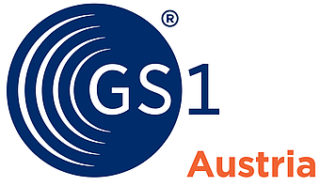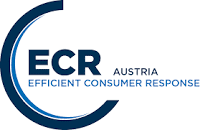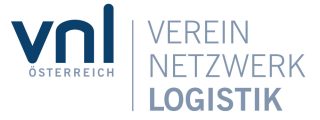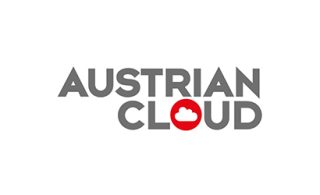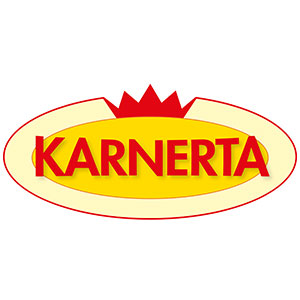How much do you know about EDI?

Six technical terms about the digital supply chain that every EDI user should know
Luckily, the use of Electronic Data Interchange (EDI) is not limited to specific industries or company sizes. Almost every company can use it to optimize its digital supply chain, although first-time EDI users will probably encounter terms that require a bit of explanation. In this blog post, I would like to highlight a few technical terms that are very important in the context of national and global supply chains.
There are quite a few influencing factors that may disrupt global supply chains in specific industries or parts thereof. In view of this, every company should constantly put its own supply chain to the test and ask the following questions: what can we do to make the flow of goods, documents, and information as smooth as possible or even optimize it? This is where Electronic Data Interchange (EDI) as a key technology comes in. There are technical terms galore when it comes to supply chains, which goes to show that cross-sector thinking is becoming increasingly important in today’s business world.
1. Electronic Data Interchange (EDI) in global supply chains
The fact that the English term is used for Electronic Data Interchange anywhere in the world reveals its widespread use. Electronic Data Interchange (EDI) has its origins in the 1960s. After a rapid expansion to other industries and steady technological evolvement, EDI is now understood and used all over the world. Companies of all sizes, from small family businesses to global corporations, automatically exchange business documents with each other in a structured and ultimately machine-readable format: manufacturers of goods exchange documents with retailers and with their own suppliers, while suppliers exchange documents with sub-suppliers and these might in turn exchange documents with their raw material suppliers. Also, EDI is not limited to a specific industry. The areas of application range from the supply chain in retail, automotive production and the health care industry to food and beverage, the financial sector, logistics, and communication with public authorities.
2. Order2Cash (O2C) and Purchase2Pay processes (P2P) in the supply chain
At the corporate level, Order2Cash and Purchase2Pay process are two highly relevant technical terms when it comes to the supply chain. Since every business case usually involves two business partners, one of whom acts as the client and the other as the contractor, the term used at a given time will depend on the perspective. Ideally, contractors will digitalize their entire “Order2Cash” process, from order receipt to payment, by connecting their own ERP to their business partner’s. Subsequently, orders will be received electronically only and all despatch advices and invoices will be sent to business clients electronically. For this to work optimally, however, clients must also digitalize their procurement of goods processes, which range from order placement to the payment of invoices (“Purchase2Pay”), with the help of EDI.
3. Vendor Managed Inventory (VMI) speeds up the supply chain
A technical term that is becoming increasingly important in connection with supply chain optimization is Vendor Managed Inventory (VMI), which is also known as Continuous Replenishment Program (CRP). In this particular form of supply chain management, suppliers receive inventory information from retailers on a daily basis, and orders are generated based on that information. Ultimately, suppliers or goods manufacturers take over the warehouse stocking process for their clients, making sure that no oversupply or undersupply occurs. Areas of use include retail, where shelves are continuously stocked with standard articles, or pharmacies, where the constant availability of drugs is guaranteed. In addition, VMI is also a great tool for raw materials for manufacturers who want to ensure an uninterrupted supply of fast-moving consumer goods. In technical jargon, the acronym FMCG is used.
4. CPFR light even includes forecasts in delivery management
There is no doubt that CRP and VMI offer impressive technical possibilities. And yet, Collaborative Planning, Forecasting and Replenishment (CPFR) has even more of a futuristic touch. Futuristic might not describe it accurately, because this underused option actually already exists. Unlike CRP and VMI, CPFR not only continuously checks inventory data against suppliers’ data, but also does the same for future forecasts and planning calculations. By exchanging demand forecasts and order forecasts, producers and suppliers can deliver the amount of merchandise their business partners actually need with pinpoint accuracy. In addition to keeping storage costs to a minimum, this can also save tons of goods from spoiling. This is a win-win situation for everyone.
5. EDIFACT and others as common standards
For companies to be able to exchange business documents electronically among themselves, they must first decide to use a common standard. The interface format that is most widely used internationally and in Europe as well as across industries is called EDIFACT. In addition to so-called subsets (formats derived from EDIFACT), numerous industry-specific standards exist: in North America, for instance, ANSIX.12 is widely used. In Germany, the standard by the Association of the German Automotive Industry (VDA) is frequently used and throughout Europe, in addition to VDA, the use of ODETTE is also quite widespread. Traditionally, smaller suppliers that deliver to large corporations usually follow their specifications. This is common practice in almost all industries and a tried-and-trusted approach.
6. Bar codes for the movement of goods
The many different identification numbers and bar codes available are also highly relevant for national and global supply chains. These are added not only to the products themselves, but to larger transport units as well. On pallets and shipping cartons, so-called Serial Shipping Container Codes (SSCC) are commonly used for shipping goods internationally. The products themselves need a Global Trade Item Number (GTIN), which used to be called EAN code, as industry experts might remember. If you have any questions about this, we recommend that businesses in Austria get in touch with GS1Austria. But attentive consumers are probably also familiar with these GTINs, as they might have seen them at scanner-based self-checkouts in grocery stores. At the end of the day, the digitalization of the supply chain is not as complicated as some technical terms might suggest.
If you would like to learn how you too can use Electronic Data Interchange (EDI) to optimize your supply chain, my colleagues and I will be happy to answer any questions you might have. Please use the contact box on the right to send us your message.
About the author
Klaus Schaffer
Business Development Manager at EDITEL Austria
About EDITEL

EDITEL, an EDI service provider, is the internationally leading provider of EDI solutions (EDI = Electronic Data Interchange). The company specializes in the optimization of supply chain processes for companies of all sizes and in all industries.
Portrait copyright Editel/Petra Spiola
Symbol image iStockphoto, image by ipopba


